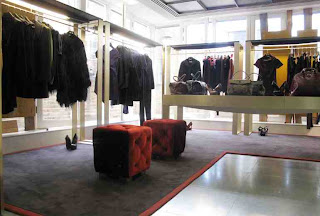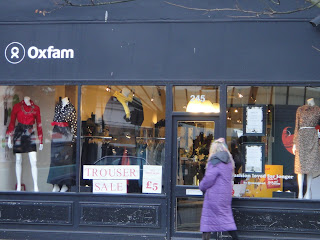 goth subculture is a contemporary subculture found in many countries. It began in England during the early 1980s in the gothic rock scene, an offshoot of the Post-punk genre. By the late 1970s, there were a few post-punk bands labeled "gothic". However, it was not until the early 1980s that gothic rock became its own subgenre within post-punk, and that followers of these bands started to come together as a distinctly recognizable movement, Goths also wear normal black clothes and mix them with other colours to make a new look
goth subculture is a contemporary subculture found in many countries. It began in England during the early 1980s in the gothic rock scene, an offshoot of the Post-punk genre. By the late 1970s, there were a few post-punk bands labeled "gothic". However, it was not until the early 1980s that gothic rock became its own subgenre within post-punk, and that followers of these bands started to come together as a distinctly recognizable movement, Goths also wear normal black clothes and mix them with other colours to make a new look Goth fashion icon
One female role model is Theda Bara, the 1910s femme fatale known for her dark eyeshadow.
Deathrock is a term used to identify a sub-genre of punk rock incorporating horror elements and spooky atmospherics, that emerged on the West Coast of the United States in 1979.
Harajuku
Every Sunday, young people dressed in a variety of styles including gothic lolita, visual kei, and decora as well as cosplayers spend the day in Harajuku socializing. The fashion styles of these youths rarely conform to one particular style and are usually a mesh of many. Most young people gather on Jingu Bridge, which is a pedestrian bridge that connects Harajuku to the neighboring Meiji Shrine area history of Harajuku as it is now traces its roots to the end of World War II U.S. soldiers and their families began to occupy the area known as Harajuku. It became an area where curious young people flocked to experience a different culture. This fashion infuses multiple looks and styles to create a unique form of dress. The cyber-punk look takes its influence from gothic fashion and incorporates neon and metallic colors.However, it isn't as popular as it was in the 1990s, Punk style in Harajuku is more of a fashion than a statement.Its fashion mainly consists of dark colors, plaid, chains, and zippers. Punk style is also one of the more gender-neutral fashions in Harajuku.
























































